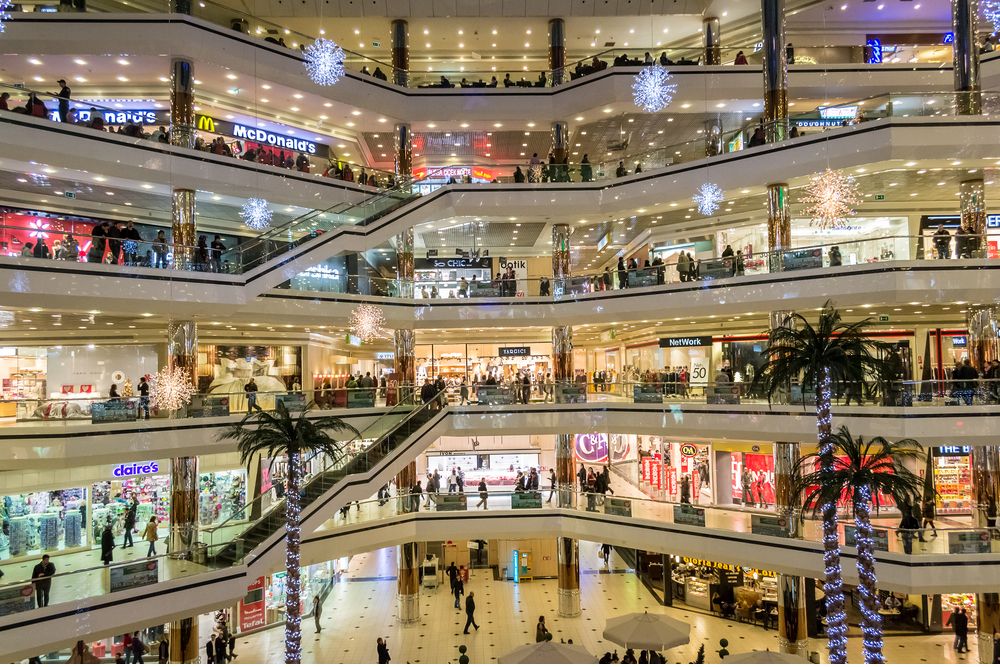Energy Efficiency Best Practices For Retail Stores

Climate change and high energy prices across the globe have forced retail store owners to find ways of improving energy efficiency in their retail stores. A sufficient power supply is one of the most important requirements for a successful retail store.
Since retail stores provide a wide range of products and fresh foods daily, they have to make sure that they have a reliable energy supply. However, this does not mean that they should get energy supply at all costs.
Every retail store owner is also looking for ways to reduce operational costs. Even though there are different ways for them to do this, reducing the consumption of energy is one of the most effective.
Here are energy efficiency best practices for retail stores;
Lighting in Retail Stores
Did you know that a bigger percentage of energy used in countries such as the USA and the UK goes to commercial lighting? Well, lighting is crucial in retail stores, especially when it comes to security, keeping the limelight on products, and attracting customers.
However, you can achieve energy efficiency through lighting in retail stores. For instance, you should make sure that you are using efficient lighting like LEDs that are known to reduce the consumption of energy by almost 70%.
In addition, you can deploy the use of technology that turns on lighting automatically only when it is needed. Areas such as toilets, corridors, and stockrooms should be installed with occupancy sensors that turn lights on when there is a person inside.
Chillers
If you are a retail store owner, chances are that you do not have a fridge that does not have a door at home. So, why would you consider installing chilling cabinets that do not have doors in your retail store?
Most retail store owners do this assuming that having doors might hurt their sales. The truth is that doors do not affect sales. Research has indicated that installing doors on chilling cabinets plays a role in convincing customers to buy from you.
This is one area where you can save energy. Installing doors on your chilling cabinets ensures that they (the chilling cabinets) consume less energy. They also do not lose energy since they are not exposed to the outside temperature.
Energy Plans
There are different energy providers and they all offer different energy plans depending on the requirements of their customers. If you are a retail store owner, you do not need to settle on any energy provider or plan that you lay your eyes on.
To become energy efficient, you need to use websites such as iSelect electricity comparison to see different energy plans and then choose one that meets your requirements. You can even filter the available options to enforce energy efficiency in your retail store.
After getting a plan that works for you, you can initiate connection plans through iSelect without any issues. This is important in helping you get a reliable energy provider. It also helps in ensuring that you get a plan that caters to exactly what you need.
Cooling
Just like heating during the cold season, you need to understand that your customers walk into your store from outside. During summer, they might dress in light clothes. You need to make sure that your retail store does not feel cold when they walk in.
To do this, ensure that your store is colder than the outside temperature by not more than two degrees. This will make it comfortable for your customers. This can be achieved easily through ventilation and shade. You do not need to consume a lot of energy cooling your store.
To save on power bills during summer, make sure that things such as air ducts and fans are clean all the time. Your electronic components such as fridges and lighting should also not generate excessive heat.
Heating
When choosing heating options for the cold season for your retail store, you need to consider the temperature outside. For instance, if a customer is already wrapped up to keep warm, they might not be comfortable walking into very warm temperatures.
Instead, you should consider lowering your retail store’s heating slightly to save on energy. Doing this every day can end up cutting energy consumption by more than 5% every year. This leads to energy efficiency in your retail store.
If you keep your windows and doors open to enhance ventilation, you will be increasing the chances of heat loss. This way, you will keep your retail store less warm, helping you to save on heating. All these practices can help you achieve energy efficiency in your store.
Following the best practices discussed above, you will find it easy to achieve maximum energy efficiency in your retail store.

Ravindra Ambegaonkar
Ravindra, the Marketing Manager at NY Engineers, holds an MBA from Staffordshire University and has helped us grow as a leading MEP engineering firm in the USA
Join 15,000+ Fellow Architects and Contractors
Get expert engineering tips straight to your inbox. Subscribe to the NY Engineers Blog below.


